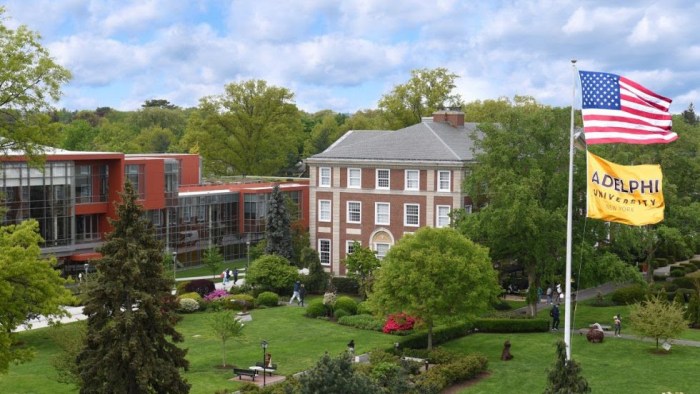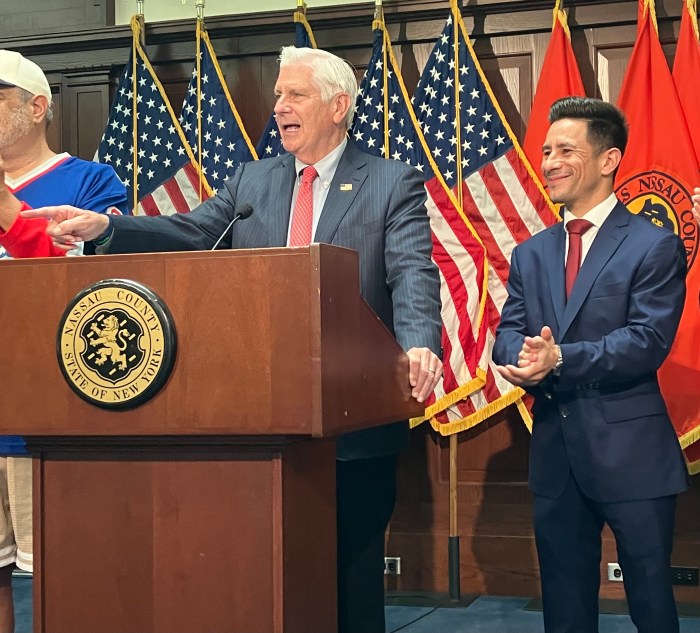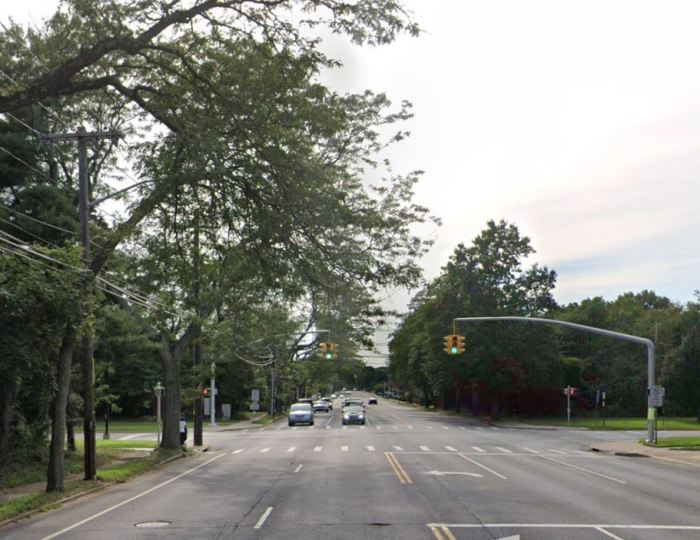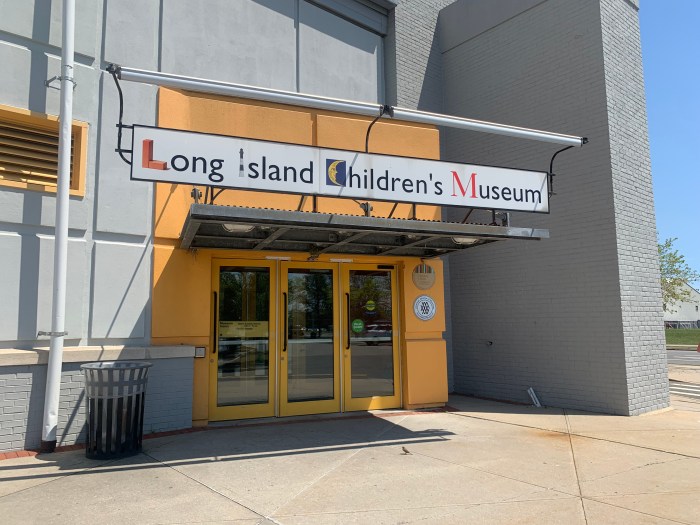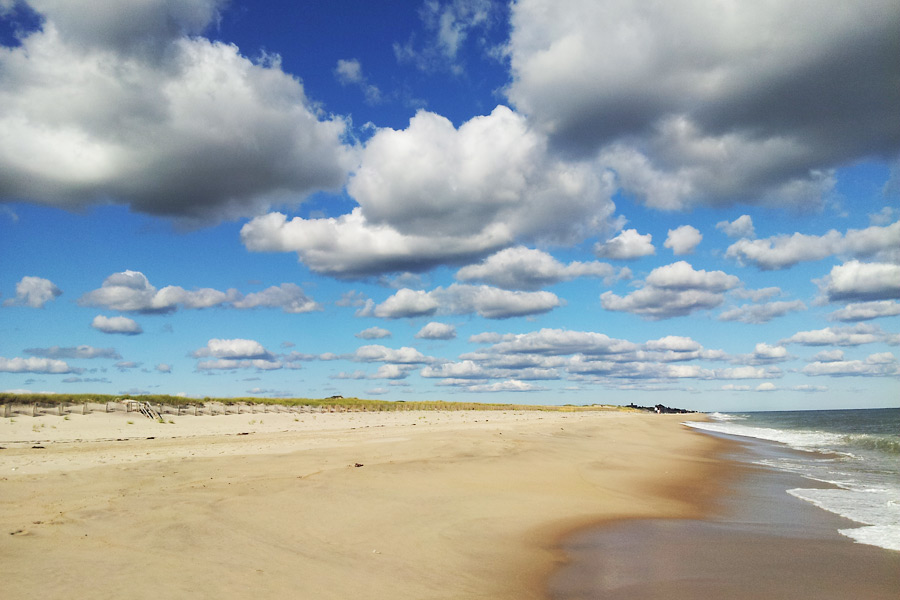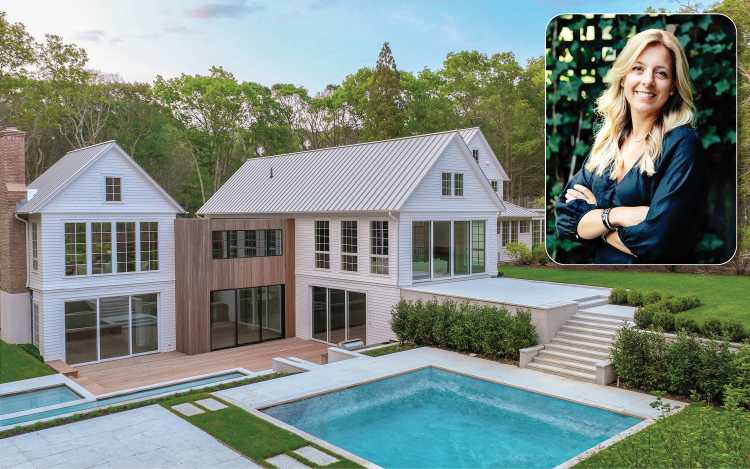Twilight Tours led by founder Rob Alvey
Amid the Long Island suburban sprawl lie nine vast acres of peace you wouldn’t expect. Here at the Garden City Bird Sanctuary (GCBS), nature enthusiasts and supporters recently came out for an inaugural Twilight Tour. Participants viewed portions of the reserve while enjoying refreshments and conversation around dusk.
The Garden City Bird Sanctuary/Alvey Arboretum is an open community nature preserve dedicated to establishing local green space for environmental stewardship through education and community service. It is also a certified non-profit organization supported by the hard-working volunteers and residents of Garden City.
Robert Alvey, director/founder of the GCBS, took visitors on a tour of the various small gardens. The newest garden installation, Sunny Native Garden, helped Girl Scout Troop 1128 earn their Silver Award. It’s chock full of native New York greenery, made possible by donations of soil, plants, and stone. The garden also features a Franklinia Tree, a species that has been extinct in the wild for more than 250 years, now cultivated by a handful of arborists.
“I’ve been interested in using the native plants because of the genetics,” explains Alvey. “I’d rather put a native plant in here because I don’t have to spray pesticides, or herbicides. They’ve evolved for ten thousand years with the environment and the amount of water we get here makes a nice natural garden, and they do attract the right types of insects and pollinators that I want.”
Alvey is a geologist with a passion for gardening. He served ten years with the Garden City Environmental Advisory Board and became a member of the Long Island Volunteer Hall of Fame. His scientific background has proven immeasurably helpful in creating an environmental oasis from a storm water basin originally created to hold drainage from Garden City Park and New Hyde Park. During excavation, Alvey discovered the dirt was original to the Hempstead Plains. The untouched land provides valuable soil, in which many plants grow and flourish in naturally evolved ground. It also provides shelter and food for many local nesting birds and several native grasses and wildflowers. Only three relics of the original plains remains today including one parcel at Nassau Community College.
Outdoor lovers enjoyed the open scenery, sipping refreshments while gathering to talk about the history, development, and future of the bird sanctuary as they walked along the many grassy trails. The scenery included scattered memorials. Donors can also honor relatives or friends by sponsoring native and non-native tree plantings, benches, birdbaths, small ponds, and garden sculptures. A marker with the name of the dedicatee is attached to the tree or memorial.
More than five hundred individual species of plants and trees share this public space with a vast array of birds.
“We see anywhere from an eight-foot wingspan giant osprey to a little hummingbird,” says Alvey.
One non-native species is the Italian Wall lizards. These little guys established a toehold after a Garden City pet shop released them into the wild during the late ’60s. Somehow, the lizards fit nicely alongside the quail and rabbits.
The GCBC is open to the public on weekends, between March and November, from noon to 5 p.m free of charge. For more information, please visit www.birdsanctuarygc.org or email gcbirdsanctuary @gmail.com.




